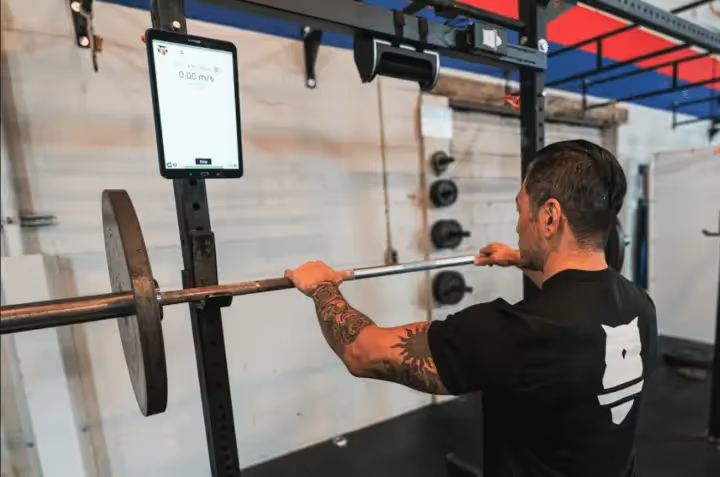The Science Behind Weight Room Performance Assessments

Introduction
Continuous improvement and achieving peak performance is the ultimate goal for athletes, sports, and coaches across the world. Athletes strive to enhance their performance, increase strength, and achieve personal bests. However, the journey to reaching these goals requires more than just hard work and determination; it demands a structured and evidence-based approach. This is where weight room performance assessments come into play.
These assessments provide valuable insights into an individual's physical capabilities and serve as the foundation for targeted training programs. In this article, we will delve into the significance of weight room performance assessments, the tools employed for these evaluations, and the key metrics they offer, such as jump testing, grip strength testing, and sprint testing.

The Importance of Performance Assessments
Weight room performance assessments serve as the cornerstone of effective training regimens. They provide athletes and coaches with crucial information about an individual's baseline physical capabilities, strengths, and weaknesses. This data-driven approach allows for the customization of training programs, ensuring that athletes focus on areas that require improvement, thereby optimizing their performance potential.
Performance assessments offer several key benefits:
Individualized Training: One-size-fits-all approaches rarely yield the best results. Assessments empower coaches to tailor training programs to an athlete's specific needs and goals.
Tracking Progress: Objective measurements provide a tangible way to track an athlete's progress over time, allowing both athletes and coaches to see the impact of their efforts.
Injury Prevention: By identifying weak points and imbalances, assessments help mitigate the risk of injuries that can occur due to overcompensation or improper technique.
Motivation: Tangible data can boost an athlete's motivation by showcasing their improvements and highlighting areas where they excel.
Effective Periodization: Performance assessments enable coaches to structure training cycles more effectively, optimizing peak performance during competitive seasons.
How Often Should I Assess?
When it comes to best practices for frequency of assessing athletes, that is largely contingent on the assessment. But research indicates for the best snapshot of performance, at least once a week assessments are critical for understanding athlete fatigue and progress. If an assessment is easy enough to do, you'll get a better idea of when an athlete is at their best on a weekly cadence if you are able to assess at the start of every weight room training session. Non-invasive testing tools are the best for this type of frequency. Perch is enabling at-rack
Tools Used for Performance Assessments
Several tools are employed in weight room performance assessments to gather accurate and reliable data. Tools included are below.
Jump Testing:
Vertical Jump: Measures an athlete's explosive power and lower body strength. Common methods include the Vertec and force plate systems, though velocity based training devices are able to measure this too - including Perch.
Continuous Jump: This measures variation and consistency of jumping and power expression from it. It is measuring power and explosiveness by exerting maximum force in short intervals of time. This is an in intense, high-impact movement and assessing it is critical to understand the repeat ability of stretching and contracting muscles involved.
RSI: reactive strength index is meant to measure the reactive jump capacity of athletes to determine how they cope with the stress from plyometric exercises. It is meant to be a measure of acceleration speed, change of direction speed, and even agility. This is most often measured via force plate, but some VBT devices are able to measure it too.
Broad Jump: Assesses horizontal power and lower body strength. It's a simple yet effective indicator of lower body explosiveness. Most often measured with a broad jump mat or measuring tape, or force plates.
Grip Strength Testing:
Hand Dynamometer: Measures an athlete's grip strength, which is an indicator of overall upper body strength and potential performance in sports that involve gripping, such as wrestling or rock climbing.
Sprint Testing:
40-Yard Dash: Commonly used in football, this test measures an athlete's acceleration and speed over a short distance.
20-Meter Sprint: Used in various sports, this test evaluates an athlete's ability to accelerate quickly and reach top speed.
Metrics and Insights from Assessments
Jump Testing:
Jump testing provides insights into an athlete's explosive power, which is crucial in nearly all sports, especially basketball, volleyball, and track and field. A higher vertical or broad jump indicates strong and explosive muscles. Coaches can use this data to tailor training programs that focus on enhancing an athlete's jump height, leading to improved performance in sports requiring explosive capabilities.
Grip Strength Testing:
Grip strength is a fundamental aspect of various athletic activities, from grappling in wrestling to swinging a baseball bat. A strong grip not only signifies upper body strength but also contributes to overall functional fitness. Athletes with weaker grips may be more prone to injuries or may struggle in sports that demand control over equipment.
Sprint Testing:
Sprint testing is invaluable for athletes in sports like soccer, football, and track and field. By measuring acceleration and maximum speed, coaches can assess an athlete's explosiveness and ability to maintain speed over short distances. This data informs training plans, helping athletes refine their sprinting techniques and boost their overall performance.
Conclusion
Weight room performance assessments are a cornerstone of modern sports training. By using tools such as jump testing, grip strength testing, and sprint testing, coaches and athletes gain valuable insights into an individual's capabilities. This data-driven approach enables tailored training programs, optimized for an athlete's strengths and weaknesses, ultimately leading to improved performance, reduced injury risk, and enhanced motivation. In the dynamic world of sports and fitness, embracing performance assessments is not just an option; it's a necessary pathway to excellence. Remember: if you're not assessing, you're guessing.
Read more about Perch here! And check out Product Videos here. And our support website here.
Back to basics? Review the origins of VBT and Strength Training!
Sources:
Bompa, T. O., & Buzzichelli, C. (2018). "Periodization: Theory and Methodology of Training." Human Kinetics.
Fleck, S. J., & Kraemer, W. J. (2014). "Designing Resistance Training Programs." Human Kinetics.
Comfort, P., & Kasim, P. (2007). "Optimizing Power Output by varying Repetition Tempo." Journal of Strength and Conditioning Research, 21(4), 1032-1036.
Miller, M. G., Herniman, J. J., Ricard, M. D., Cheatham, C. C., & Michael, T. J. (2006). "The Effects of a 6-Week Plyometric Training Program on Agility." Journal of Sports Science & Medicine, 5(3), 459–465.
Kraemer, W. J., & Ratamess, N. A. (2005). "Hormonal Responses and Adaptations to Resistance Exercise and Training." Sports Medicine, 35(4), 339-361.

Start Gathering Data With Perch Today!
Reach out to us to speak with a representative and get started using Perch in your facility.

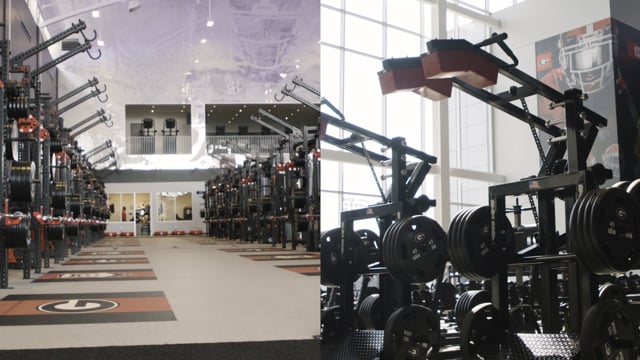







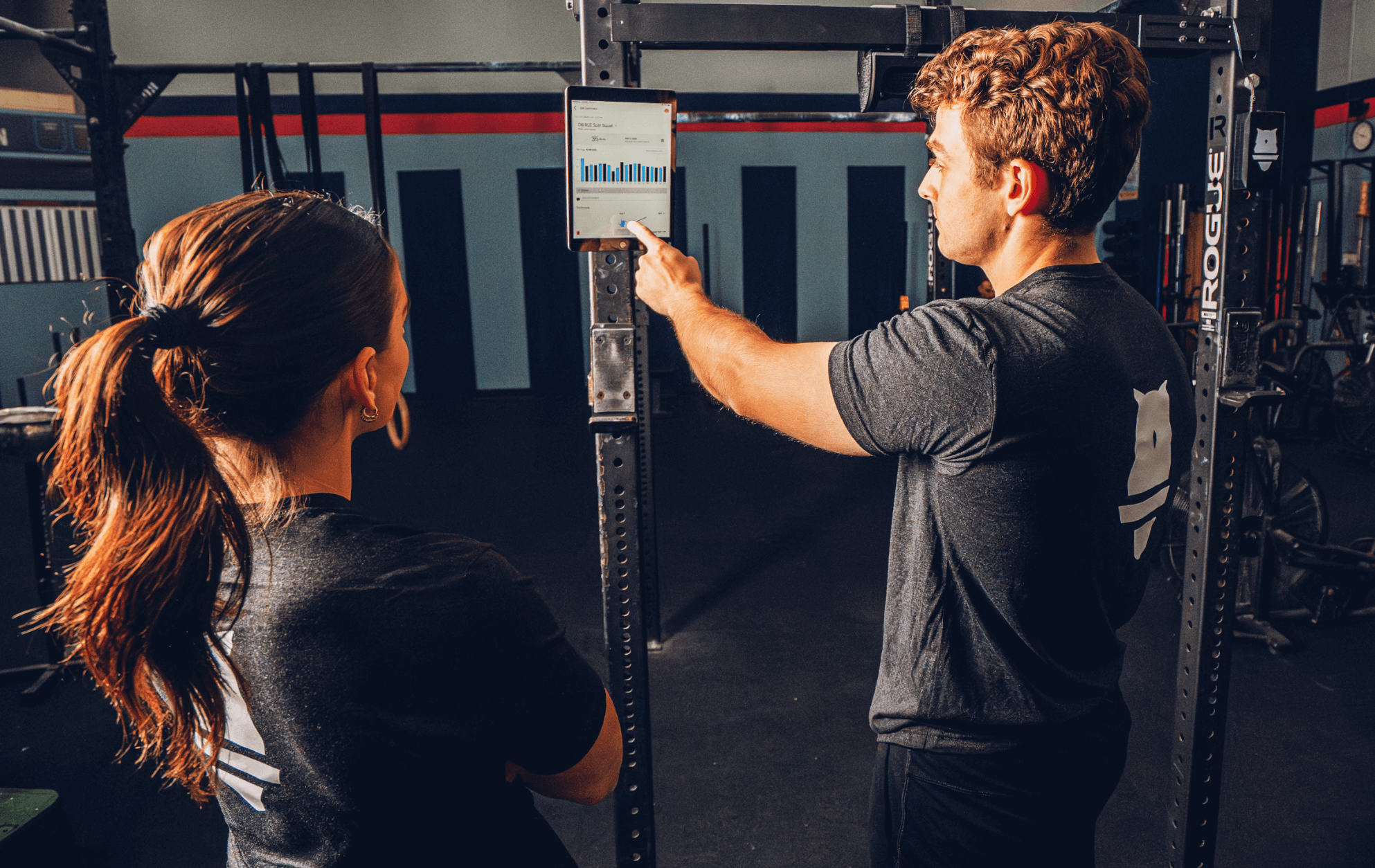






































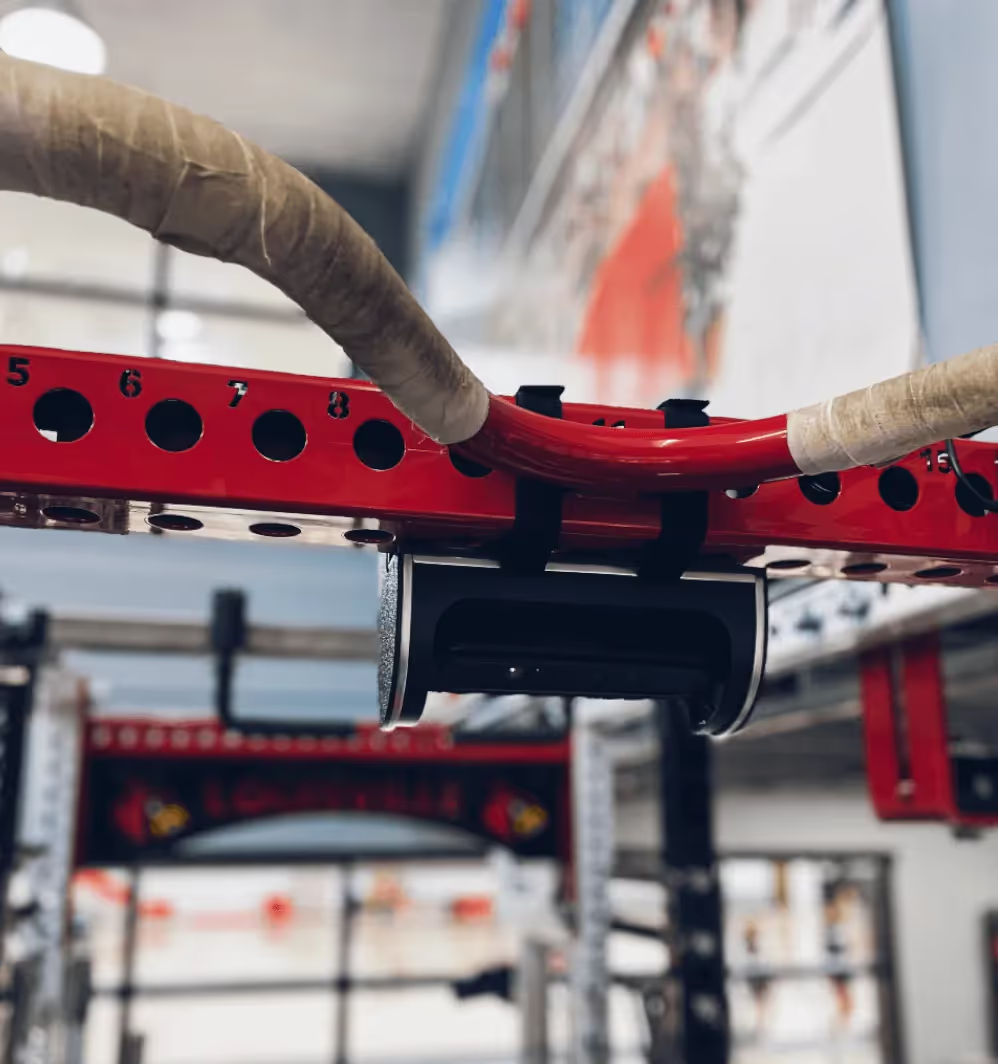











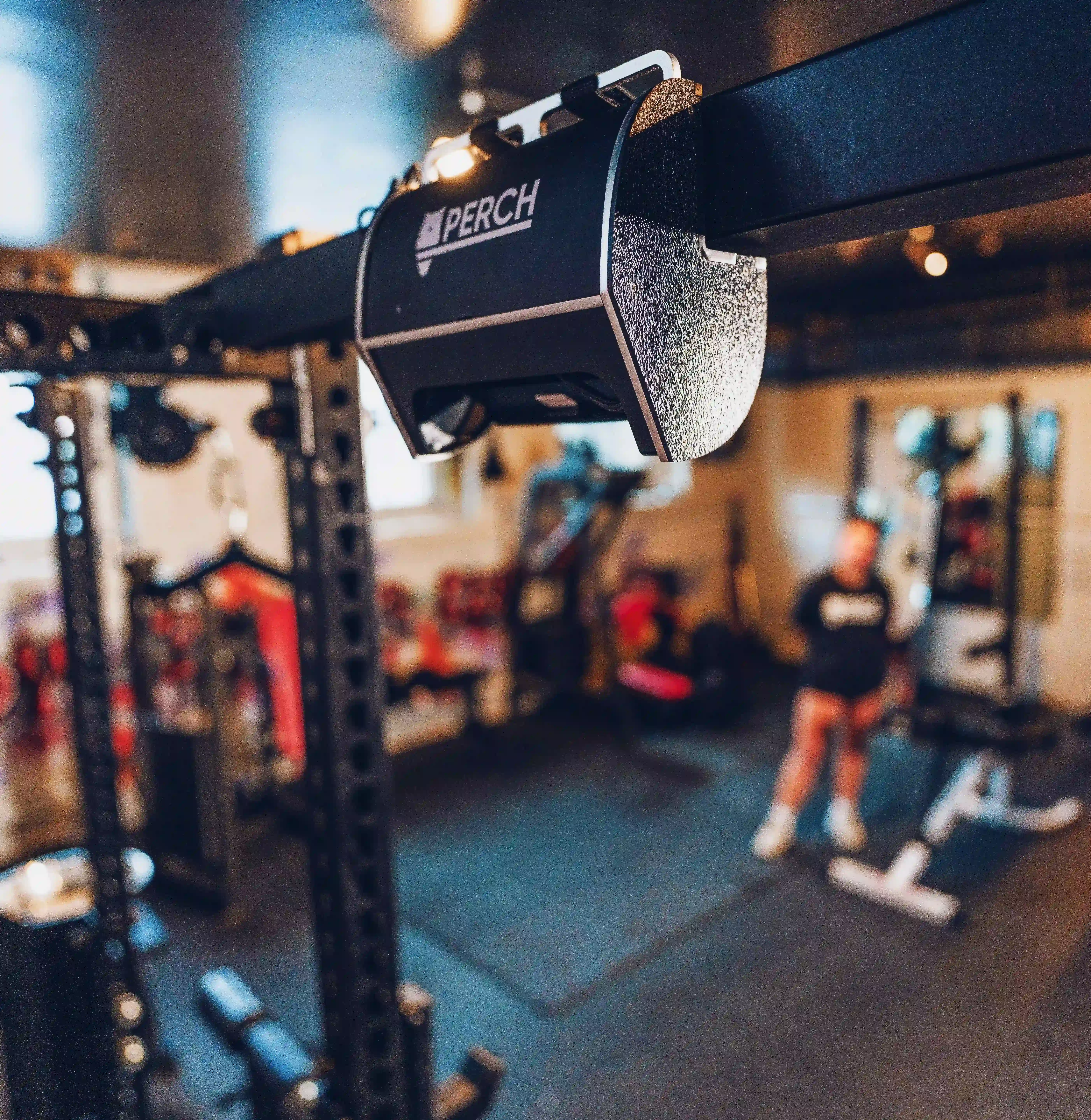











.avif)






